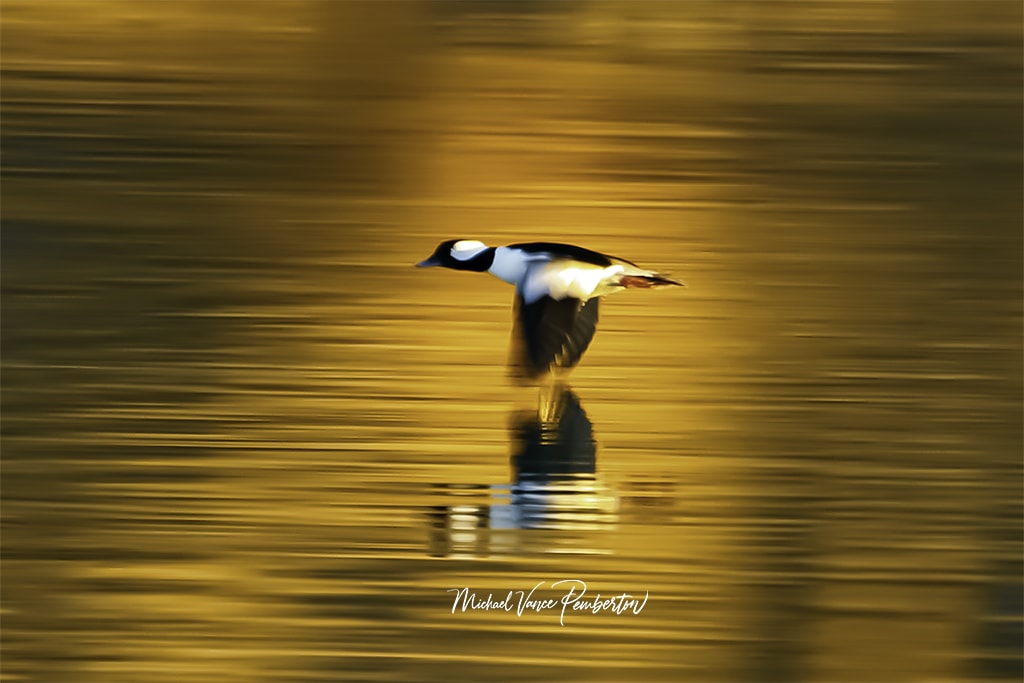
Long-exposure photography is a captivating technique that allows photographers to create unique and mesmerizing images. It involves using a slow shutter speed to capture extended moments in time, resulting in striking visual effects. In this article, we will explore creative techniques for capturing long exposure shots and discuss the situations in which they are most effective, from serene landscapes to bustling cityscapes.
Understanding Long Exposure Photography:
Long-exposure photography relies on a slower shutter speed, typically measured in seconds or minutes rather than a fraction of a second. This extended exposure time captures both stationary and moving elements within the frame, leading to some fascinating effects. Here are creative techniques for long exposure shots:
Smooth Water Bodies: One of the most popular applications of prolonged exposure is capturing serene water scenes. Using a tripod and a slow shutter speed, you can transform choppy waves into silky, ethereal flows, creating a sense of calm and tranquility.
Light Trails: Long exposure shots are ideal for capturing light trails from moving objects. Photographing city streets at night or highways can result in dynamic, streaking lines of light from passing cars, adding a sense of movement and energy to your images.
Star Trails: To capture the rotation of the Earth and create mesmerizing star trails, set up your camera on a tripod, choose a dark location, and use very long exposures (30 minutes or more). The stars’ apparent movement during this time creates beautiful circular patterns in the night sky.
Motion Blur: Long exposures can create striking motion blur effects in scenes where objects or people are in motion. This technique is particularly effective for capturing the dynamism of crowded public spaces or busy events.
Cloud Movement: When photographing landscapes, prolonged exposure can capture the motion of clouds across the sky. This effect adds drama and depth to your images, especially when the foreground remains static.
Light Painting: With a long exposure, you can introduce creative light sources into your frame, such as flashlights or LED wands. This technique allows you to “paint” with light and draw attention to specific areas of your image.

Ideal Situations for Long Exposure:
Long exposure techniques are most effective in specific scenarios:
Landscape Photography: For landscapes, long exposures are perfect for capturing the flow of rivers, waterfalls, or coastal tides. They also enhance the serenity of nature scenes by smoothing out wind-blown foliage.
Urban Nightscapes: Shooting cityscapes at night provides numerous opportunities for capturing light trails from vehicles or the movement of people. The resulting images convey the energy and vibrancy of urban life.
Astrophotography: When photographing the night sky, long exposures reveal the beauty of star trails and can also capture meteor showers or the Milky Way in all its glory.
Creative Portraiture: Motion blur and light painting techniques can be creatively applied in portrait photography to add a touch of artistic flair or drama to your subjects.
Seascapes: Long exposure shots at the seashore can smooth out rough waves, giving your seascapes a sense of calm and tranquility.
Conclusion:
Long-exposure photography is a versatile and creative technique that can transform ordinary scenes into captivating works of art. Whether you’re capturing serene landscapes, bustling city streets, or the wonders of the night sky, understanding the various extended exposure techniques and when to apply them is crucial. Experimentation and practice are vital to mastering these techniques, so grab your tripod and camera and start exploring the world of long-exposure photography to unlock its creative potential.


Recent Posts
In shadows cast by love's deceitful guise,He wandered blind, his heart the captive prize.Through realms unknown, where truth remained concealed,He followed trails of falsehood, unrevealed. Blinded...
Prepare to be amazed as the MCAS Cherry Point Air Show returns on May 11-12. This annual event, hosted by the Marine Corps Air Station (MCAS) Cherry Point in North Carolina, promises a weekend of...